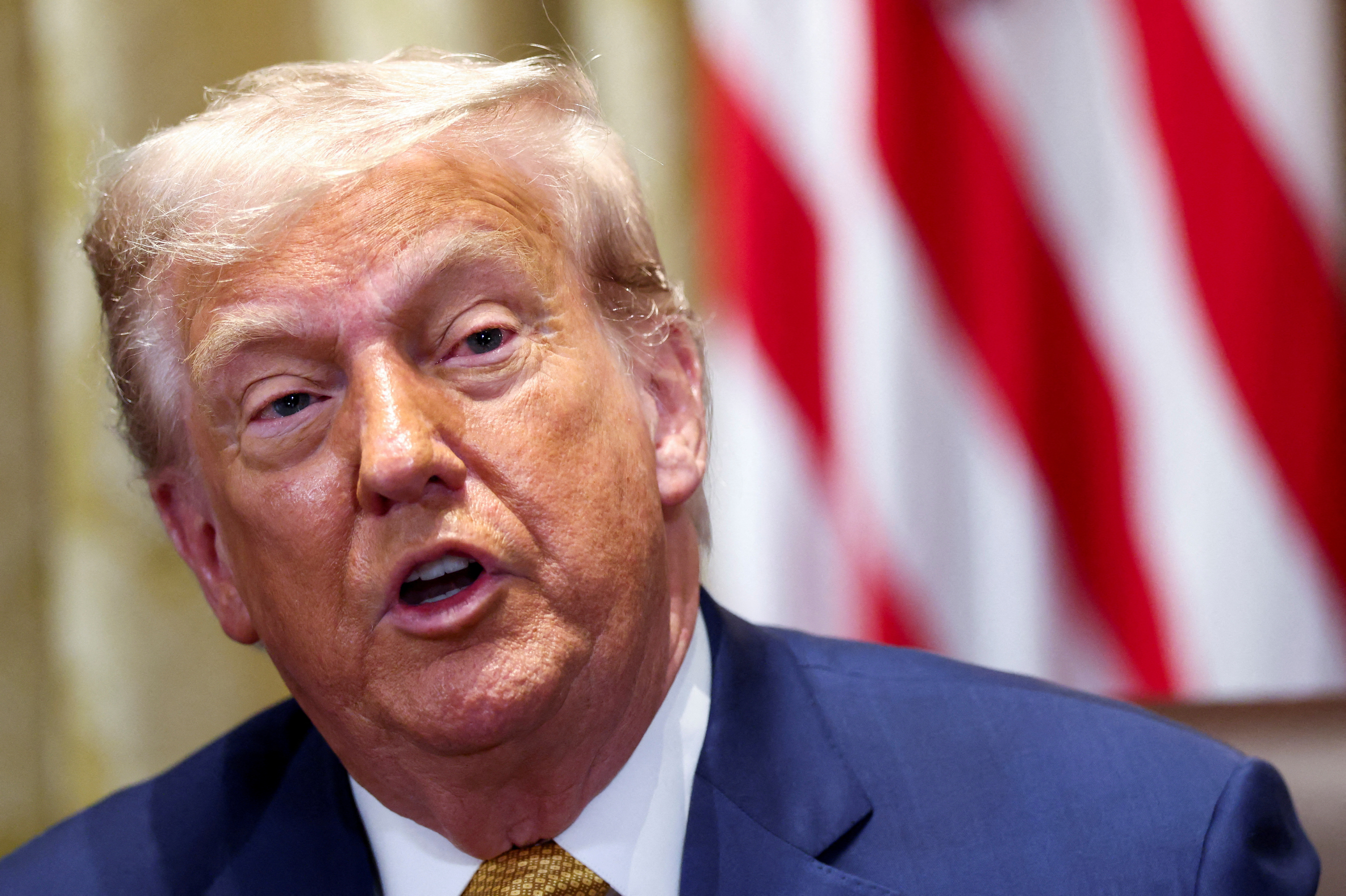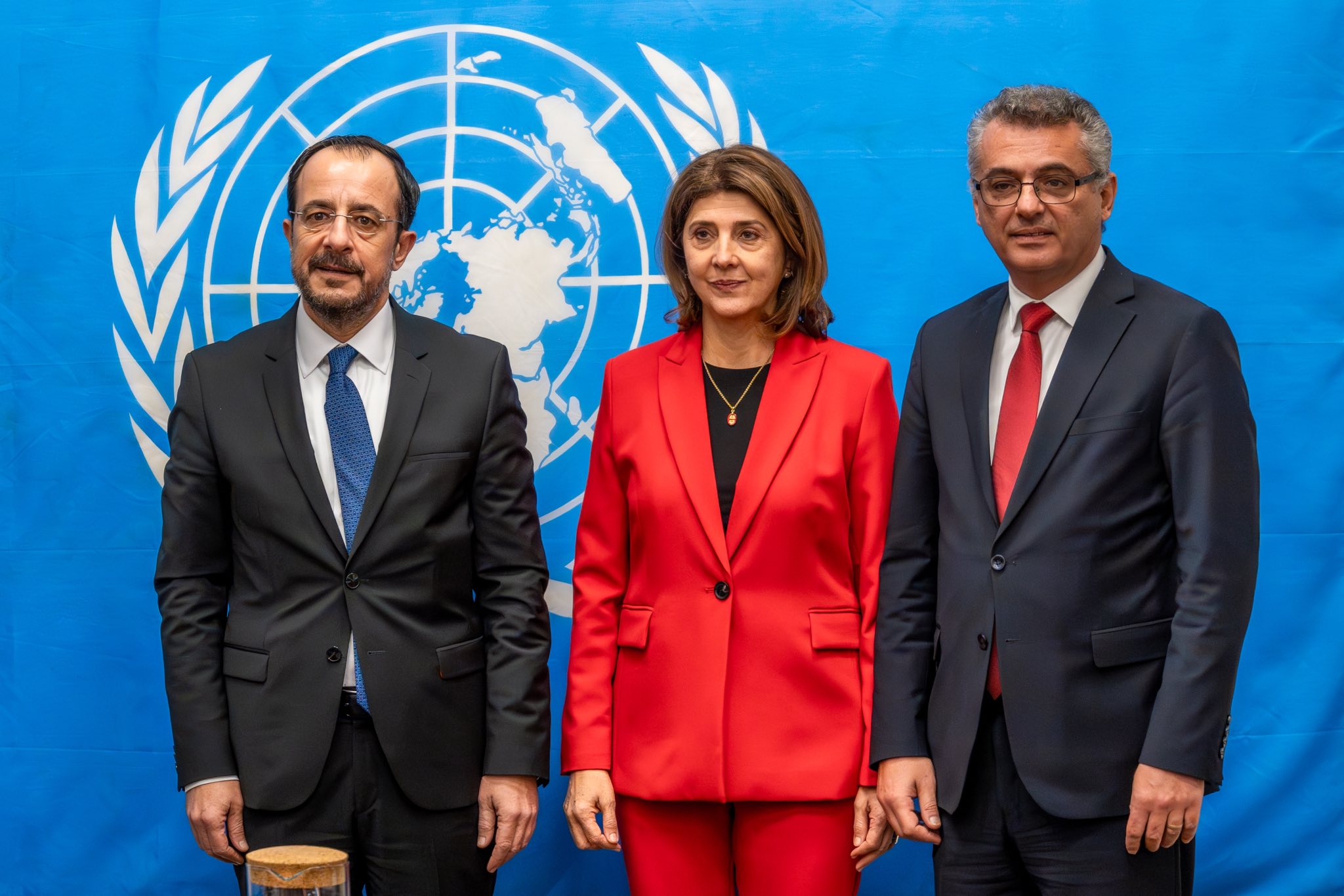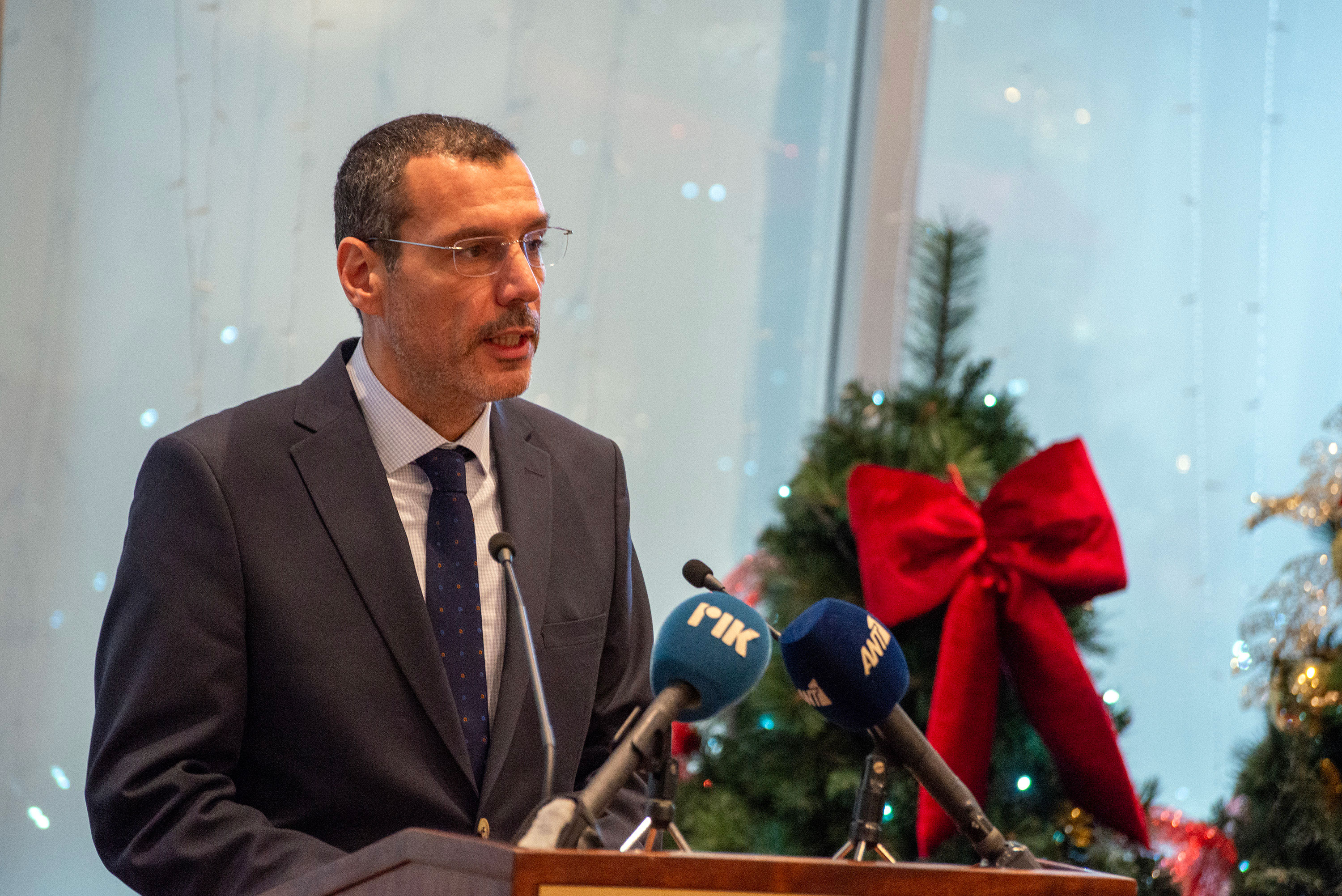U.S. President Donald Trump issued final tariff notices to seven minor trading partners on Wednesday as his administration inched closer to a deal with its biggest trading partner, the European Union.
Trump said in posts on his Truth Social media platform that starting August 1 he would impose a 20% tariff on goods from the Philippines, 30% on goods from Sri Lanka, Algeria, Iraq, and Libya, and 25% on Brunei and Moldova.
No letter was issued to the EU, but Trump had said late on Tuesday that he would issue “a minimum of seven” tariff notices on Wednesday morning and more in the afternoon.
The latest letters add to 14 others issued earlier in the week including 25% tariffs for powerhouse U.S. suppliers South Korea and Japan, which are also to take effect August 1 barring any trade deals reached before then.
They were issued a day after Trump said he was broadening his trade war by imposing a 50% tariff on imported copper and would soon introduce long-threatened levies on semiconductors and pharmaceuticals. Trump’s rapid-fire tariff moves have cast a shadow over the global economic outlook, paralyzing business decision-making.
NEGOTIATIONS WITH THE EU
Trump said trade talks have been going well with China and the European Union, which is the biggest bilateral trading partner of the U.S.
Trump said he would “probably” tell the EU within two days what rate it could expect for its exports to the U.S., adding that the 27-nation bloc had become much more cooperative.
“They treated us very badly until recently, and now they’re treating us very nicely. It’s like a different world, actually,” he said.
EU trade chief Maros Sefcovic said good progress had been made on a framework trade agreement and a deal may even be possible within days.
Sefcovic told EU lawmakers he hoped that EU negotiators could finalise their work soon, with additional time now from the extension of a U.S. deadline to August 1 from July 9.
“I hope to reach a satisfactory conclusion, potentially even in the coming days,” Sefcovic said.
However, Italian Economy Minister Giancarlo Giorgetti had earlier warned that talks between the two sides were “very complicated” and could continue right up to the deadline.
HIGHEST TARIFF LEVELS SINCE 1934
Equity markets shrugged off the Republican president’s latest tariff salvo on Wednesday, while the yen remained on the back foot after the levies imposed on Japan.
Following Trump’s announcement of higher tariffs for imports from the 14 countries, U.S. research group Yale Budget Lab estimated consumers face an effective U.S. tariff rate of 17.6%, up from 15.8% previously and the highest in nine decades.
Trump’s administration has been touting those tariffs as a significant revenue source. Treasury Secretary Scott Bessent said Washington has taken in about $100 billion so far and could collect $300 billion by the end of the year. The United States has taken in about $80 billion annually in tariff revenue in recent years.
The Trump administration promised “90 deals in 90 days” after he unveiled an array of country-specific duties in early April. So far, only two agreements have been reached, with Britain and Vietnam. Trump has said a deal with India was close.
Massachusetts Governor Maura Healey, a Democrat, blasted Trump for his “failed trade war”.
“President Trump was elected to lower costs, and all he is doing is raising prices and hurting our businesses,” she said in a statement.







Click here to change your cookie preferences